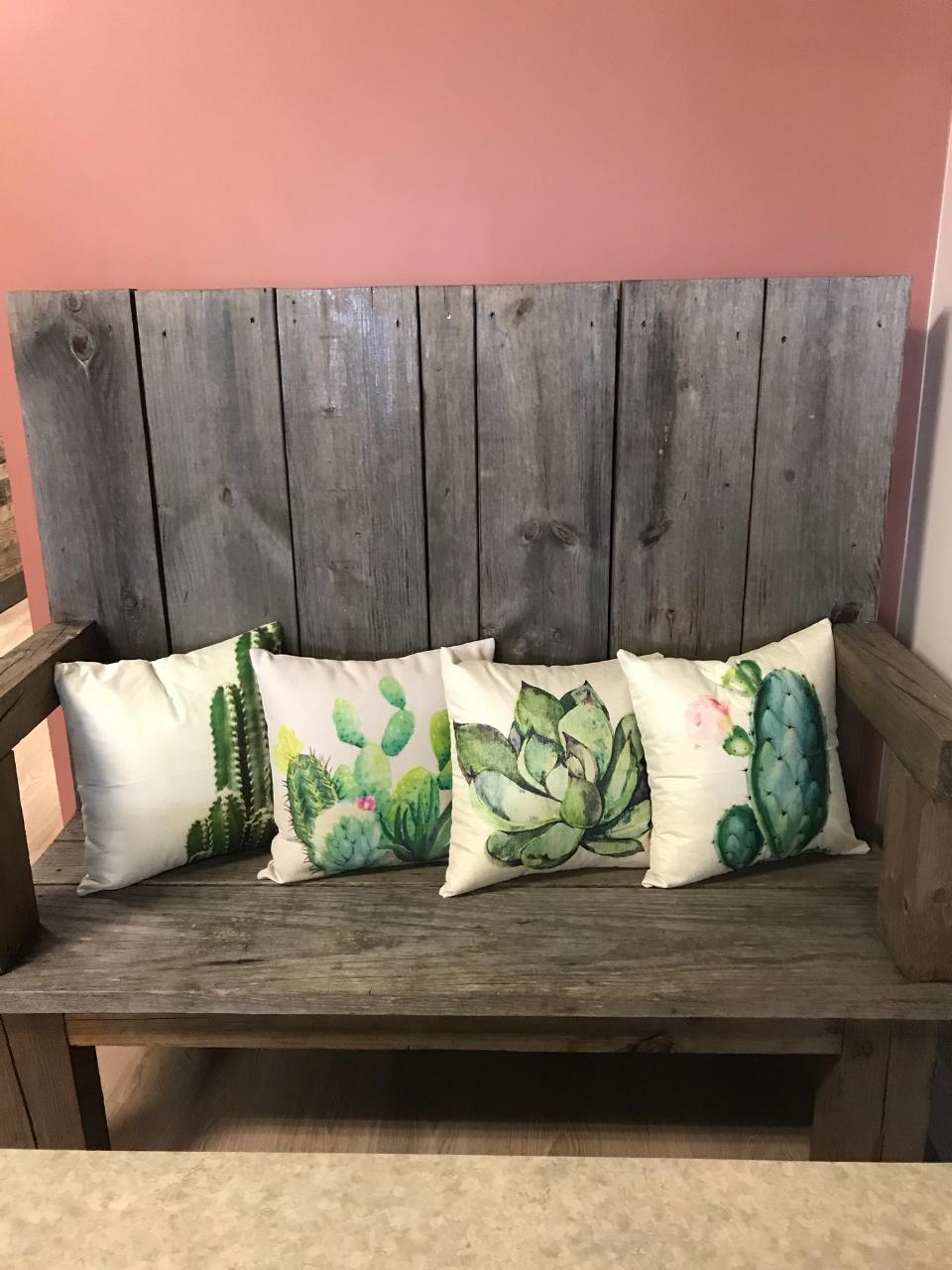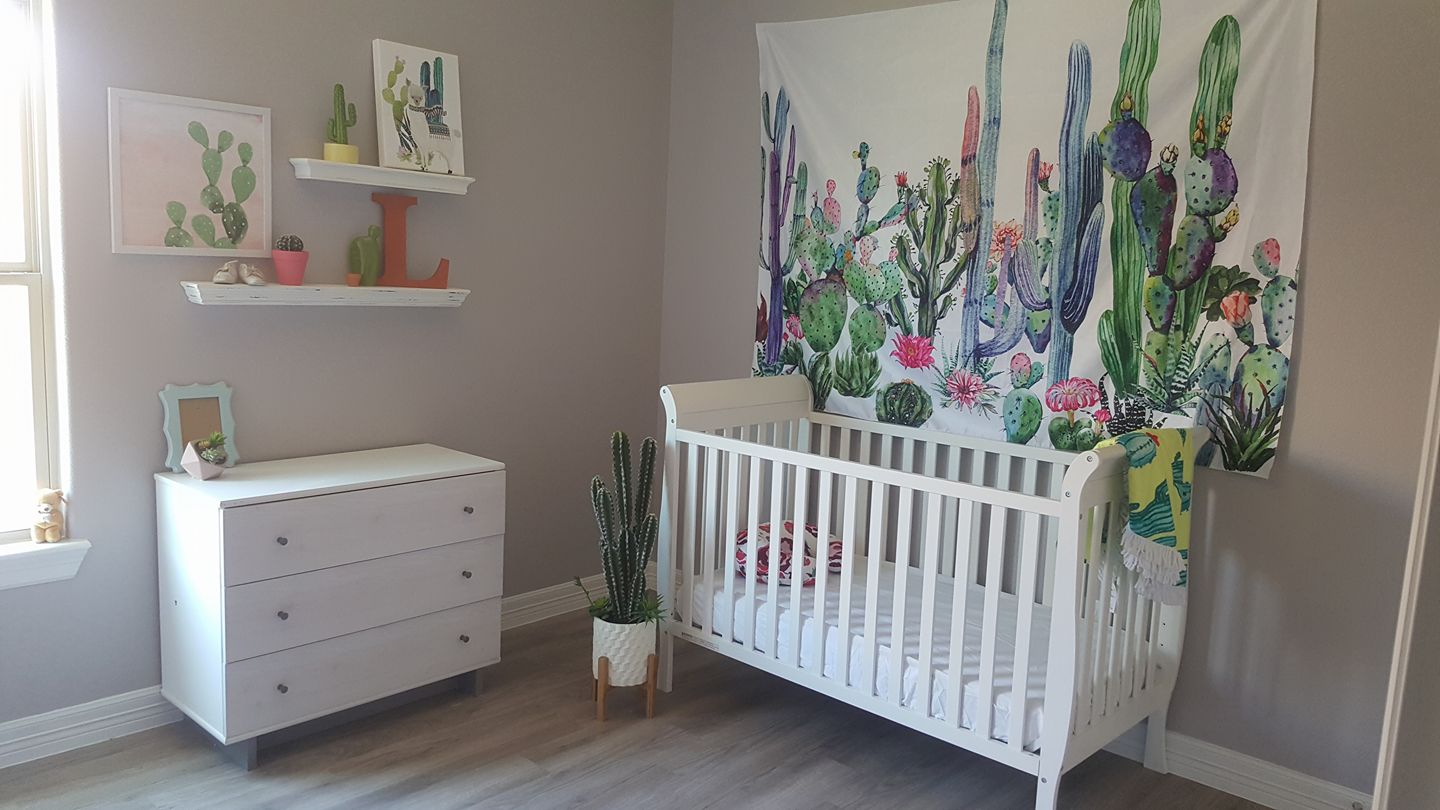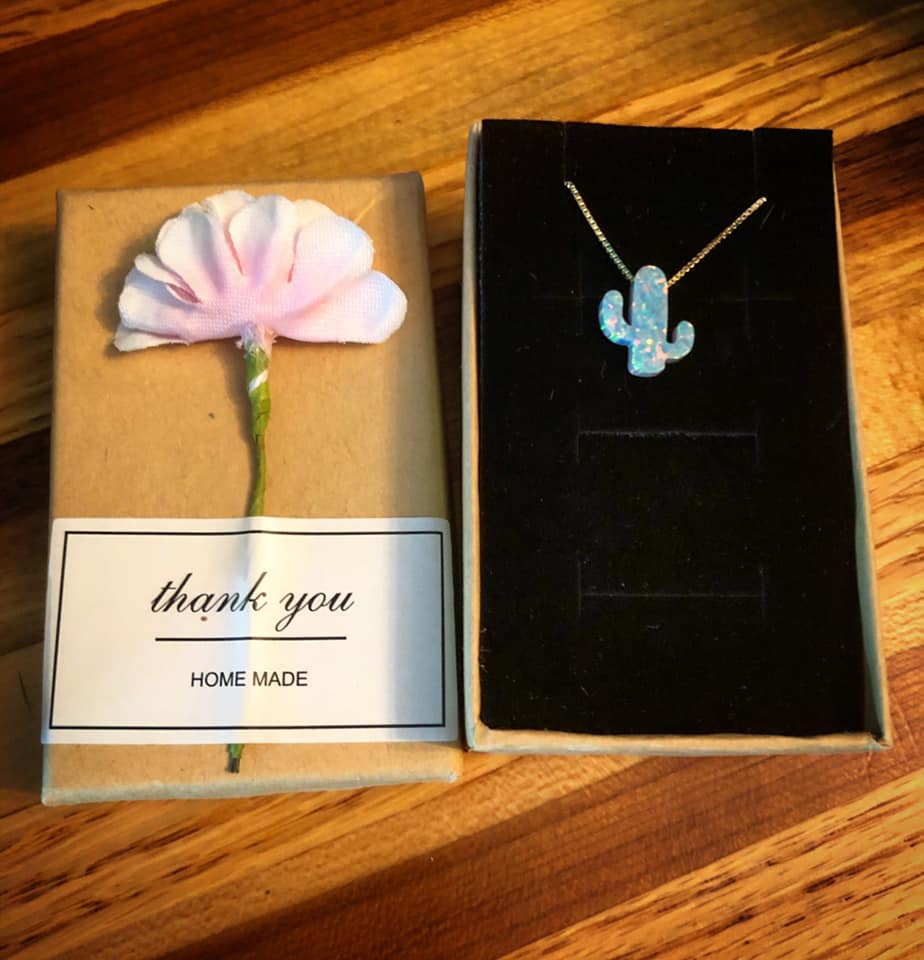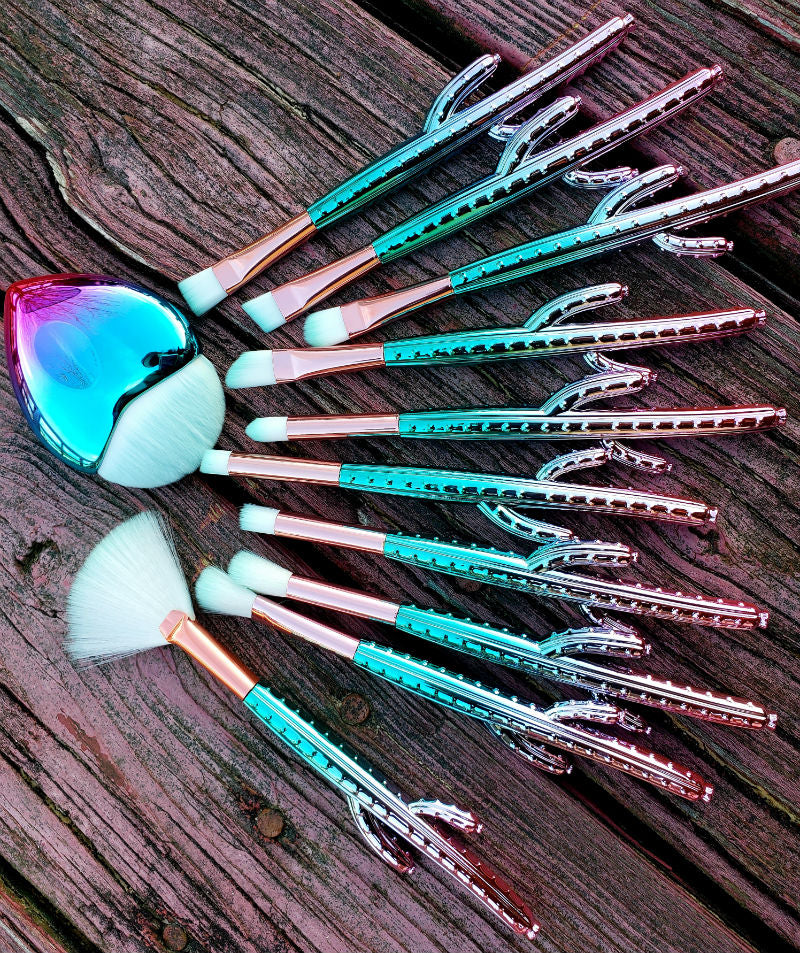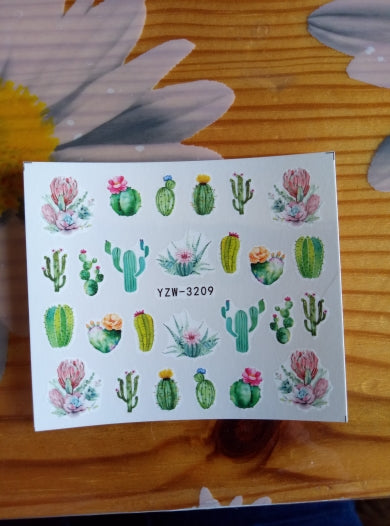Growing Alien Eggs Succulent Plants: Care Tips for These Unique Beauties

Alien Eggs succulent plants are amazing little surprises that have obsessed succulent lovers everywhere.
As one of the most rare succulents in the succulent community, their unusual egg-like shapes and beautiful colors make them seem like they've come from another planet.
But what exactly are these unique succulents, and how can you manage Alien Egg succulent care to grow them in your home?
Imagine adding a plant so special that it grabs everyone's attention, interests your guests, and brings a pleasant touch to your collection.
Alien Eggs succulents aren't just plants, they're real wonders in rare plant markets. With the right care tips for Alien Eggs, you can help these beauties thrive.
Dive into the exciting world of these quaint, slow-growing succulents, and learn how to create an easy to care for succulents routine in your own home.
Learning the Origins of Alien Eggs Succulents
In their natural desert conditions, Alien Eggs succulents are use to bright sunlight, little rainfall, and rocky, dry soil.
Knowing this makes it easier to care for them. They love lots of light, well-draining soil, and just a little bit of water!
These amazing plants don’t just survive tough conditions, they thrive in them. They’re a wonderful example of resilient plants that stand out among succulent varieties.
For those of us who love succulents, their unique shapes and ability to flourish where other plants might struggle are really stunning.
By creating a similar environment at home, you’ll have healthy and happy Alien Eggs succulents that will continue to thrive for years.
As you admire your plants, remember they carry a bit of the desert with them, and with the right care, they’ll reward you with their unique beauty!
How They Became Popular With Succulent Collectors
Alien Eggs succulents have quickly become favorites in the succulent world, and it’s easy to see why. Their unique look makes them stand out among other succulents, attracting collectors who love something different.
Once rare, one of a kinds that only the most devoted could find, these interesting plants became more popular as their attraction spread across social media, with collectors sharing their incredible beauty. Now, they have an enthusiastic following that continues to grow in the rare plant market.
Social media platforms like Instagram and Pinterest have played a huge role in making Alien Eggs succulents popular.
Their unusual, almost alien-like shapes, beautifully displayed in colorful succulent containers, have captured the interest of plant lovers everywhere.
As more people searched for exotic and rare succulents to make their collections stand out, Alien Eggs became a sign of a truly special and interesting collection.
Their charm comes from both their uniqueness and how easy they are to grow at home, as long as you understand their specific needs.
The fact that a plant can look so unusual yet thrive on your windowsill as indoor succulent plants is really interesting. It shows nature's incredible ability to surprise us, even in the simple space of indoor gardening.

Once rare finds, these unique succulents have become popular favorites that are, unusual, interesting, and absolutely charming.
Choosing the Right Environment
Light Requirements: The Perfect Spot for Your Alien Eggs
Alien Eggs succulents love sunlight, but finding the right balance is important to keep them happy.
These unique plants do best with bright, indirect light, which helps their beautiful colors and patterns shine. A spot that gets 4-6 hours of bright light each day is best.
Try placing them on an east or west-facing windowsill, where they can enjoy gentle morning or afternoon sunlight without getting burned. This follows the general sunlight requirements for succulents that help keep their compact shape.
If Alien Eggs succulents don’t get enough light, they’ll start to stretch out, reaching towards the nearest source. This stretching, called etiolation, makes them lose their cute, compact shape.
On the other hand, too much intense midday sun can cause burns, bringing brown spots on their delicate leaves.
The key is finding a balance. Give them plenty of bright light so they can thrive, but not so much that it damages their lovely appearance.
Indoor or Outdoor: Where Do Alien Eggs Thrive Best?
Alien Eggs succulents are very flexible and can thrive indoors or outdoors, as long as they have the right conditions.
Indoors, a bright spot by a window is perfect, giving them enough light while keeping them safe from harsh weather.
If you're growing them inside, remember to rotate the plant every few weeks. This way, they get even light, helping them grow evenly and keeping them looking their best.
This flexibility also makes them great for succulent terrariums and other creative succulent arrangements indoors.
Outdoors, Alien Eggs succulents can flourish if they’re in the right spot. They do best in a location with partial shade, where they can enjoy the gentle morning sun but get some shade in the afternoon.
Growing them outside also provides better airflow, which helps prevent rot or fungal problems.
Just be aware of sudden weather changes, as they prefer succulent-friendly environments. Heavy rain, frost, or extreme temperatures can cause problems for these slow-growing succulents.
Whether you should grow Alien Eggs indoors or outdoors could depend on your local climate. If you have harsh winters or very hot summers, it’s better to keep them inside.
If you live in a mild, stable climate, letting them enjoy some fresh air outside can help them grow even stronger.
Temperature Preferences: Keeping Your Succulents Comfortable
Temperature plays a key role in keeping your Alien Eggs succulents happy. They love mild temperatures, ideally between 60°F and 80°F (15°C to 27°C).
While they can handle some temperature changes, just like in their natural habitats with warm days and cooler nights, extreme heat or cold can be too much for them.
Maintaining the right light and temperature for succulents will ensure their long-term growth and success.
Cold weather can be hard on these succulents. When temperatures drop below 40°F (4°C), frost can cause serious damage by freezing the water in their leaves and harming their cells.
If you keep them outdoors during warmer months, be sure to bring them inside before the first frost hits.
Extreme heat can also be a challenge for these succulents. While they handle warm temperatures well, too much heat paired with direct sunlight can cause dehydration and sunburn.
To keep them happy during hot weather, try putting them in a spot with filtered light or slightly increase their watering. Just be careful not to overdo it, as watering succulents too much can lead to rot.
In short, providing the ideal environment for your Alien Eggs succulents is all about balancing light, placement, and temperature. By recreating their natural conditions and adding your own care style, you'll help them feel right at home.
With proper care and attention, these unique beauties will thrive and bring a pleasant touch of out of this world charm to your collection.
Soil and Potting Needs
Best Soil Mix for Alien Eggs Succulent Plants
The secret to growing Alien Egg succulents healthfully is all in the soil. These desert plants thrive in a well-draining succulent soil mix that copies the gritty, mineral-rich environments they naturally come from.
A light, airy mix is required for keeping the roots dry and healthy. Start with a basic cactus or succulent soil mix and boost the drainage by adding perlite, pumice, or coarse sand. This mix helps prevent root rot, a common problem with succulents if they stay too wet.
Alien Eggs are drought-tolerant succulents, meaning they store water easily and prefer dry conditions between waterings.
Choosing the Right Pot: Size, Material, and Drainage

Now that you’ve got the right soil, choose the right succulent containers. Pick a pot that’s slightly larger than the root ball of your plant. A compact pot reduces moisture retention, perfect for low-maintenance plants like Alien Eggs.
Terracotta pots work great because they allow moisture to evaporate, giving the plant’s roots plenty of breathability.
Whether you use terracotta, ceramic, or even plastic, be sure there are drainage holes. This is key for watering succulents right and preventing water from pooling at the bottom.
For an interesting look, picture putting your indoor succulent plants in succulent terrariums or creative succulent displays.
Repotting Alien Eggs: When and How to Give Them a New Home
Like many flexible plants, Alien Eggs can live in the same pot for a few years but will do even better with repotting every couple of years, especially when the roots outgrow the pot or the soil turns infertile.
Repotting succulents is done best during the growing season, usually in spring or early summer. Replace the soil and place the plant in a slightly larger pot to give it a bit more space.
Be aware of its root system, because it's delicate, and give it time to adjust by holding off on watering for a few days after repotting.
Watering Your Alien Eggs Succulents
How Often Should You Water Alien Eggs Succulents?
When it comes to watering succulents, less is often more. Alien Eggs are stress-tolerant plants adapted to survive in harsh, dry climates, so letting the soil dry completely between waterings is important.
During the growing season, watering every two to three weeks is OK, while in dormancy (fall and winter), every four to six weeks is enough.
Keep an eye your plant’s succulent growth cycle closely; the key is minimal watering that copies their natural environment.
The Importance of the “Soak and Dry” Method
Using the “soak and dry” watering process is wonderful for drought-tolerant succulents like Alien Eggs.
This method makes sure that water enters deep into the soil, reaching the roots, and then allows the soil to dry out completely before the next watering.
This copies the occasional desert rain and helps keep your plant healthy without the risk of overwatering.
Warning Signs of Overwatering or Underwatering
Overwatering is a common problem for most succulent collectors. Signs of overwatering include soft, mushy, or yellowing leaves, while underwatered succulents will look shriveled and dull.
Alien Egg succulents are very forgiving, but maintaining the right watering routine is important for keeping these exotic plants looking their best.
Fertilizing for Healthy Growth
Do Alien Eggs Need Fertilizer? The Best Nutrients for Growth
These succulent varieties don’t need much fertilizer, but a light feeding during the growing season can encourage strong growth and bring out their vibrant colors.
Use a low-nitrogen, succulent-specific fertilizer to avoid rapid, leggy growth. A monthly use during spring and summer is enough to help the succulent growth conditions they thrive in.
Fertilizing Your Alien Eggs Succulents: How to Feed for Vibrant Growth
When picking a fertilizer for your Alien Eggs succulents, it's important to choose one specifically made for succulents and cacti.
These fertilizers contain the right blend of essential nutrients like nitrogen (N), phosphorus (P), and potassium (K), but in lower concentrations than typical houseplant fertilizers.
A diluted, low-nitrogen formula is ideal since too much nitrogen can cause your succulents to grow too fast, leading to leggy, weak plants. The goal is to encourage slow, steady growth to maintain those compact, beautifully unique leaves.
How Often to Fertilize for Vibrant Plants
During their active growing season, usually spring through summer, fertilizing once a month provides the perfect amount of nutrients for strong, healthy growth without overwhelming them.
Be sure to water the soil first so that the fertilizer doesn't harm the delicate roots.
In the cooler months, when Alien Eggs enter a resting time, they don’t need more nutrients. It’s best to hold off on fertilizing during this time since they’re not actively growing and won’t benefit from it.
Over-fertilizing in winter can cause salt buildup in the soil, which can damage the roots. Patience is key to ensuring your succulents receive just what they need, exactly when they need it.
Organic vs. Chemical Fertilizers: What’s Best?
Choosing between organic and chemical fertilizers can be a bit tricky, but both have their benefits.
Organic fertilizers, like worm castings or compost tea, give a gentle, steady boost of nutrients to your succulents. They also help make the soil better and support helpful microbes that keep your succulent roots healthy.
If you prefer an eco-friendly method, organic fertilizers are a great choice! They nourish your plants naturally and reduce the chance of any chemical buildup in the soil.
Chemical fertilizers, on the other hand, offer a quick and reliable source of nutrients. They are easy to use, with clearly labeled nutrient ratios that help you avoid overfeeding.
Using a balanced succulent fertilizer at half-strength during the growing season makes sure your Alien Eggs get what they need without any surprises.
Just be aware of salt buildup, which can increase over time with repeated use of chemical fertilizers.
In the end, your choice between organic and chemical fertilizers depends on your gardening style.
If you prefer a natural, slower approach that benefits the entire ecosystem, organic fertilizers are the way to go.
But if you value precision and faster results, chemical fertilizers might suit you better.
Either way, keeping a gentle feeding schedule will help your Alien Eggs stay strong, healthy, and beautiful throughout the year.
Pruning and Grooming
Removing Dead Leaves: Keeping Your Plant Clean
One of the easiest and most pleasant parts of growing Alien Egg succulents is removing dead leaves. As part of the plant's natural succulent growth cycle, older leaves at the base will dry up and die.
This is normal, but leaving them on can attract pests or cause fungal problems, an important part of pest control for succulents. Plus, who doesn’t love a neat looking succulent?
When it’s time to remove dead leaves, be gentle. Hold the dry leaf at the base and give it a light tug. It should come off easily. If it’s a bit stubborn, just wait a little longer.
Removing dead leaves not only keeps your low-maintenance plants looking nice but also improves airflow around the base, lowering the risk of rot.
A clean, pest-free plant is a happy plant with healthy, plump leaves!
How to Prune for Better Growth and Shape
Pruning isn’t just for roses or fruit trees, it can really benefit your Alien Egg succulents. This rare plant market favorite grows slowly, and pruning helps manage its shape and size.
If your succulent isn’t getting enough light, usually due to low light and temperature for succulents, it may stretch out, becoming leggy.
Pruning helps improve this by nurturing succulent growth conditions that help compact, healthy growth.
To prune, use sterilized scissors or garden shears. Make clean cuts just above a leaf node, where new growth will spring up.
Pruning back any stretched or overgrown sections assist tighter growth and helps your succulent-friendly environment look its best.
Succulent collectors also love that pruned sections can be propagated into new plants. By letting cuttings callous over and planting them in a good succulent soil mix, you can easily propagate more Alien Egg succulents.
Grooming Tips for a Eye-Catching Setup
Grooming your Alien Eggs succulents is a great way to improve their appeal. Dust and debris can settle on the leaves, dulling their appearance, especially for colorful succulents like these.
Using a soft brush, gently remove dust to show their natural shine. Clean plants not only look better but grow healthier too!
Another great tip is to turn your indoor succulent plants regularly. Like other desert plants, Alien Eggs will grow toward sunlight, so turning them assures even growth and a balanced, pleasant shape.
Be aware of their sunlight requirements for succulents, place them in a spot with bright but indirect light for excellent growth.
For a finishing touch, think about placing your Alien Eggs in stylish succulent containers or succulent terrariums.
You can even add decorative gravel or pebbles to the soil surface, which helps prevent moisture loss and keeps the succulent soil mix in place.
For succulent enthusiasts, a well-groomed plant isn’t just healthy but becomes the centerpiece of their creative succulent arrangements.
Pest Control for Succulents
Like other succulents, Alien Eggs are fairly pest-resistant but can sometimes fall victim to pests like mealybugs or spider mites. Keep an eye out for these pests and treat infestations early with natural insecticidal soap or neem oil.
Maintaining good succulent growth conditions like well-drained soil and decent airflow will help keep your plant healthy and pest-free.
Common Pests That Affect Alien Eggs Succulent Plants
Even the toughest desert plants, like Alien Egg succulents, can sometimes attract unwanted visitors. While these rare succulents are generally low-maintenance plants, pest issues can still happen.
The most common pests you might come across are mealybugs, aphids, and spider mites.
Mealybugs are the sneakiest, looking like tiny cotton balls that hide in the spaces between leaves. These pests feed on the plant's sap, which can slow down growth and, if left untreated, may cause serious damage to your unique succulents.
Aphids, small pear-shaped insects, are another common pest. They love to munch on succulents and often gather around new growth or flowers, leaving behind a sticky residue called honeydew, which can attract ants.
Spider mites are a third pest to watch for. These tiny creatures are harder to spot, but signs include yellow or brown spots on the leaves and fine webbing.
Catching and treating these pests early is necessary to keeping the succulent growth conditions that help your resilient plants thrive.
Natural Remedies for Pest Control
When it comes to pest control for Alien Egg succulents, natural remedies are often the best solution. Since these exotic plants can be sensitive to harsh chemicals, gentle, eco-friendly methods are best.
For small infestations of pests like mealybugs or aphids, a cotton swab dipped in rubbing alcohol works wonders. Dab the pests directly with the alcohol, and it will eliminate them on contact without harming your plant.
This quick fix is a great way to manage early infestations and maintain the care tips for Alien Eggs.
For larger infestations, consider using a mild insecticidal soap spray. You can make your own by mixing a few drops of dish soap with water, spraying the affected areas thoroughly, including both sides of the leaves.
Neem oil is another excellent natural treatment. This natural insecticide not only gets rid of pests but also has antifungal properties that support succulent-friendly environments. Dilute it according to the instructions and apply it as needed for effective results.
Regularly checking your Alien Egg succulents is key to spotting pest problems before they spread. By giving your plants regular attention and using these natural solutions, you can prevent infestations and ensure your succulent varieties continue to thrive.
Growing Alien Eggs Succulent Plants: Care Tips for These Unique Beauties

Step-by-Step Guide to Propagating Alien Eggs Succulents
If you’re excited about growing Alien Egg succulents, here's a step-by-step guide to make propagation super easy!
These unique succulents are favorites in the succulent community for their rare, egg-like look, and with the right care, you can propagate them happily.
Leaf Propagation
Gently twist a healthy leaf off the parent plant, making sure to take the entire leaf, including the base, as incomplete leaves won't root.
Let it callous over for a few days. This is needed to prevent rotting. Once calloused, lay the leaf on top of well-draining soil without burying it.
Use a succulent soil mix that assures proper drainage. Mist the soil occasionally, and soon you'll see roots starting to grow, followed by a cute little new rosette!
This method is a great way to introduce yourself to the propagation of Alien Egg succulents, which are highly sought after in the rare plant market.
Stem Cuttings
Take a stem with several leaves, using clean, sterilized scissors to make your cut. Let the cutting sit for a few days to callous over. Once it's ready, plant the cut end in soil and water sparingly until roots form.
Stem cuttings grow faster than leaves, so they’re a great choice if you’re excited to see quick results. This method is especially effective with slow-growing succulents like Alien Eggs, as it helps speed up their growth.
Offsets
Look for small rosettes growing at the base of your Alien Eggs succulent. Once they reach about an inch or two in size, gently remove them from the main plant.
Since offsets often already have roots, they’re easy to plant in their own pot or succulent containers.
Place the offset in dry soil and wait about a week before watering. Offsets are perfect for succulent collectors looking to expand their collection of rare succulents.
Propagation takes some patience, but there’s nothing more delightful than seeing your baby succulents take root and thrive.
Soon, you’ll have a whole cluster of these resilient plants, ready to become part of your creative succulent arrangements or succulent displays.
How to Care for Young Propagated Alien Eggs
Caring for young propagated Alien Eggs succulents is a bit different from caring for mature plants. These little ones are more delicate and need extra attention.
Start by keeping them out of direct sunlight until they’re more established. Too much sun can scorch their tender leaves, so it's best to provide bright, indirect light, following the sunlight requirements for succulents.
This is key to ensuring they develop properly in succulent-friendly environments.
Watering is all about balance. Young drought-tolerant succulents need slightly more frequent watering than mature ones to help their roots develop, but it's important not to overdo it.
Let the soil dry out slightly between waterings, but don’t let it stay completely dry for too long. A gentle misting is perfect.
This minimal watering routine keeps young roots happy without drenching them. This is essential for desert plants like Alien Eggs.
As your young succulents grow, you can gradually adjust their care routine. Slowly introduce more sunlight, adjusting to the light and temperature for succulents as they mature.
Additionally, reduce watering and feeding rates as they grow stronger. Eventually, these stress-tolerant plants will thrive in the same conditions as your adult succulents.
Alien Egg Succulent Care for Mature Plants
Once your Alien Egg succulents are mature, their care becomes even easier. Known as easy-to-care-for succulents, they thrive with the right conditions and little fuss.
Watering succulents like Alien Eggs involves making sure the soil is fully dry before watering again, which is key to avoid overwatering.
A well-draining succulent soil mix ensures that water flows freely and doesn't stagnate at the roots.
Mature Alien Eggs require good airflow and sunlight but not too much direct sun. The key to maintaining their special look lies in succulent growth conditions that balance light, temperature, and water.
When the plant outgrows its container, it's time for repotting succulents.
Make sure to use pots with drainage holes to avoid waterlogging, and if you’re using succulent terrariums, make sure there’s a proper balance between soil moisture and ventilation.
Seasonal Care Tips for Alien Egg Succulents
Summer vs. Winter Care: Adjusting Your Routine
Alien Egg succulent care, like with most desert plants, changes with the seasons. These unique succulents react to environmental changes, so adjusting your plant care routine is key.
During summer, Alien Egg succulents love bright sunlight, but be careful of the intense midday sun, which can scorch their leaves. It’s best to give them morning sun or dappled shade during the hottest part of the day.
Sunlight requirements for succulents can vary, and in the warmer months, watering succulents needs to be more frequent, but don’t overdo it. Balance is key as more light increases thirst, but too much water can lead to rot.
Winter is when your Alien Egg succulents enter a resting period. As temperatures drop and days get shorter, their growth slows, entering a semi-dormant phase.
Water less often during this time, as these drought-tolerant succulents only need a small sip now and then to avoid dehydration.
Keep them away from cold drafts or areas with fluctuating temperatures, as this can stress them. Instead, find a cozy, bright spot indoors where they can enjoy gentle winter light without the chill, making them ideal as indoor succulent plants.
Slowing Down: How Alien Eggs Take a Rest
The slow season of Alien Egg succulents is a natural part of their succulent growth cycle. During down time, these slow-growing succulents do grow very slowly and need much less water.
It’s easy to confuse their quiet time with poor health, but this is simply how they conserve energy and survive tough conditions.
By taking a break, these resilient plants are preparing for more bright growth conditions in spring and summer.
Signs that your Alien Egg succulents are in resting season include slower growth, a slight fading of leaf color, and less water absorbing.
During this time, avoid fertilizing or overwatering, as these stress-tolerant plants are simply enjoying their downtime.
When spring comes, your succulents will start to flourish with fresh growth, ready to thrive again.
Protecting Your Succulents from Frost and Extreme Heat
Even though Alien Egg succulents are tough, they still need protection from extreme weather. When temperatures drop below freezing, the water inside their leaves can expand and damage the cells, causing black spots or even death.
To protect your plants, bring them indoors before the first frost or cover them with frost cloths if they’re too large to move.
This practical care makes sure your rare succulents maintain their beautiful, alien charm.
Heatwaves can also be an issue. While Alien Egg succulents enjoy warmth, excessive heat can cause sunburn or dehydration.
If the leaves start turning reddish-brown or appear scorched, it’s time to act. Move your succulents to a shaded area or provide afternoon shade with a cloth or sheer curtain.
Succulent-friendly environments that shield your plants from harsh conditions will help them flourish.
On particularly hot days, give your Alien Egg succulents a little extra water. But remember, they are low watering plants, so don’t overwater.
Troubleshooting Common Problems with Alien Egg Succulents
Why Are My Alien Eggs Turning Brown? Common Issues Explained
Seeing your Alien Egg succulents turn brown can be upsetting, but the reasons are often simple.
Overwatering is the most common cause. These drought-tolerant succulents can't handle constantly wet soil, and soggy conditions can lead to root rot, causing the leaves to turn brown and mushy.
To avoid this, make sure you're using a well-draining succulent soil mix and let it dry out completely before watering succulents again, your low-maintenance plants will thank you!
Another possible reason for browning is low light. Without enough sunlight, your Alien Eggs may lose their vibrant color and form brown patches due to stress.
Sunlight requirements for succulents vary, and Alien Eggs need plenty of indirect light.
On the other hand, too much direct sunlight can cause sunburn, leaving crispy brown spots on their delicate leaves.
Be sure to watch their light and temperature conditions and adjust gradually to help them thrive in your succulent-friendly environment.
How to Revive a Struggling Alien Egg Succulent
A struggling Alien Egg succulent doesn’t mean it's a lost cause! With a bit of care and patience, you can often bring it back to health.
Start by finding the issue. Whether it’s overwatering, underwatering, or pests.
If overwatering is the problem, repotting succulents in fresh, dry soil is the first step. Trim away any rotted roots and let the plant dry out for a few days before watering again.
If your succulent is underwatered, slowly increase your watering cycle, but avoid overwhelming the plant with too much water at once. These slow-growing succulents prefer minimal water.
If pests like mealybugs or aphids are causing trouble, use a gentle insecticidal soap or neem oil, both popular remedies for pest control for succulents, to keep them away.
Bringing a struggling Alien Egg succulent back to health is all about careful attention, adjustment, and giving it the care it needs without overwhelming it.
Succulent enthusiasts in the succulent community often find joy in nurturing these resilient plants back to their full beauty.
Identifying and Treating Sunburn in Succulents
Just like us, succulents can get sunburned if exposed to harsh sunlight for too long.
If you see your Alien Egg succulent’s leaves turning white or pale yellow, with crispy edges or spots, it’s likely sunburn. While the damage can’t be reversed, you can prevent it from getting worse by acting quickly.
Move your Alien Egg succulent to a spot with less intense light, where it gets bright but indirect sunlight.
If you want to move it outdoors later, gradually introduce it to stronger light by increasing exposure over a few weeks. This will help your succulent adjust without shocking it.
Finding the right balance of light is needed for growing Alien Egg succulents successfully.
How Alien Eggs Compare to Other Rare Succulents
Alien Eggs succulents stand out among other rare succulents with their bold, eye-catching appearance.
Compared to well-known succulent varieties like Lithops (often called "living stones"), Alien Eggs are less hidden and more visually eye-catching.
Lithops (Living Stone Succulents)
While Lithops blend into their natural surroundings, Alien Eggs display a bold, otherworldly look that makes them favorites for succulent collectors.
These unique succulents are easy to spot in creative succulent arrangements and are highly sought after in the rare plant market.
With their striking appearance and low-maintenance nature, they make perfect additions to any succulent displays in succulent terrariums or succulent containers.
Displaying Your Unique Succulents
One of the joys of owning Alien Eggs succulents is how beautifully they can be displayed. Whether placed in succulent terrariums, arranged in succulent containers, or combined in succulent displays with other colorful succulents, Alien Eggs bring a unique charm to any space.
These exotic plant care wonders not only enhance your collection but also impress guests with their one-of-a-kind appearance.
Final Thoughts on Growing Alien Eggs Succulents

Growing Alien Egg succulents is a rewarding experience for any plant lover, whether you're a newbie or a seasoned succulent collector.
By mastering their exotic plant care routine, providing the right succulent soil mix, proper watering, and a bit of sunlight, your Alien Eggs can thrive as the stars of your collection.
Remember, these rare succulents are surprisingly easy to care for as long as you understand their needs.
Happy Growing!
As an Amazon Associate we earn from qualifying purchases.













